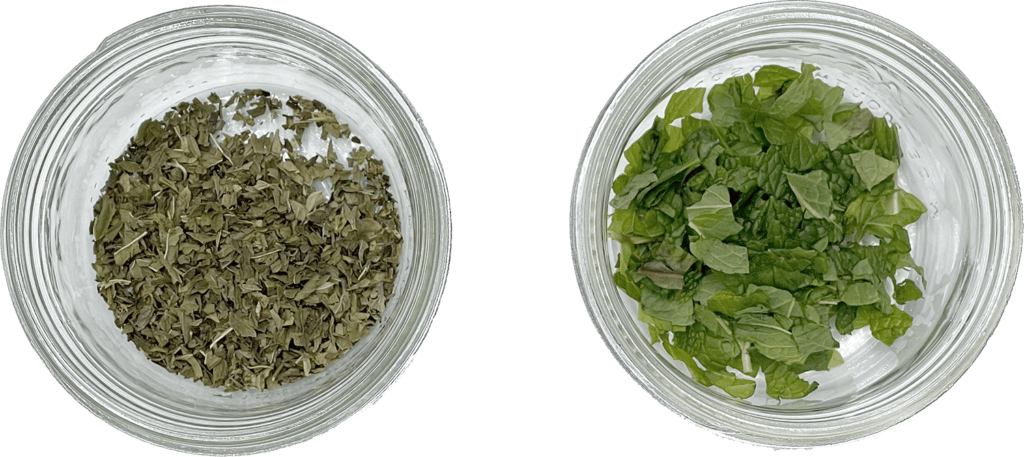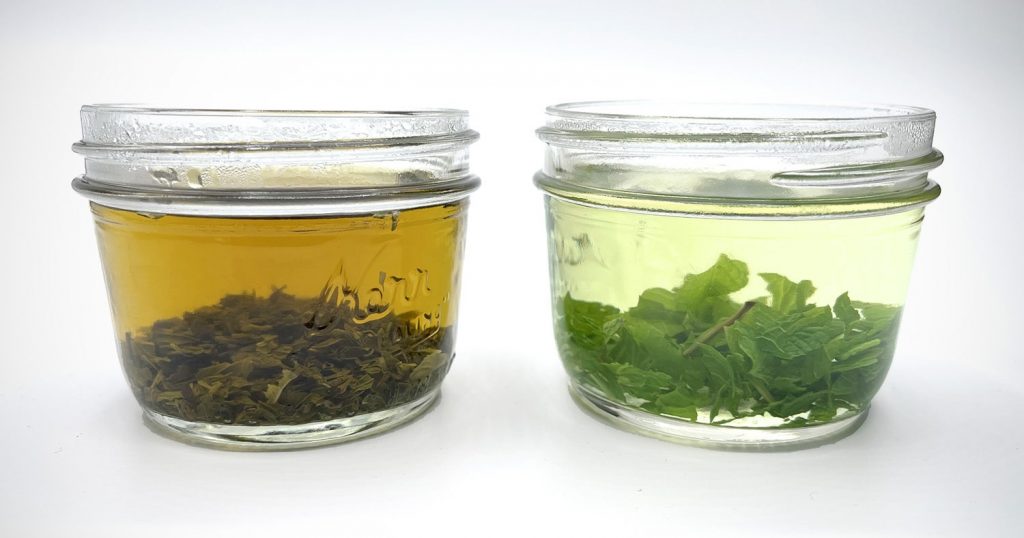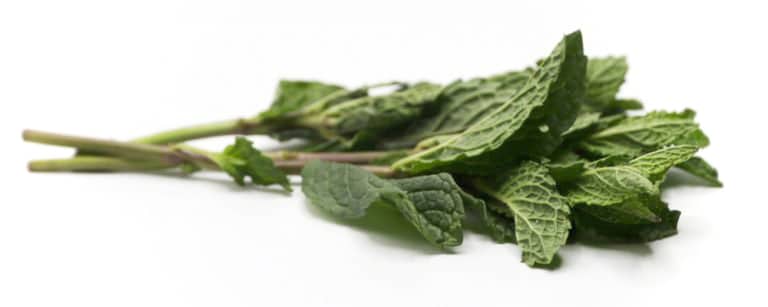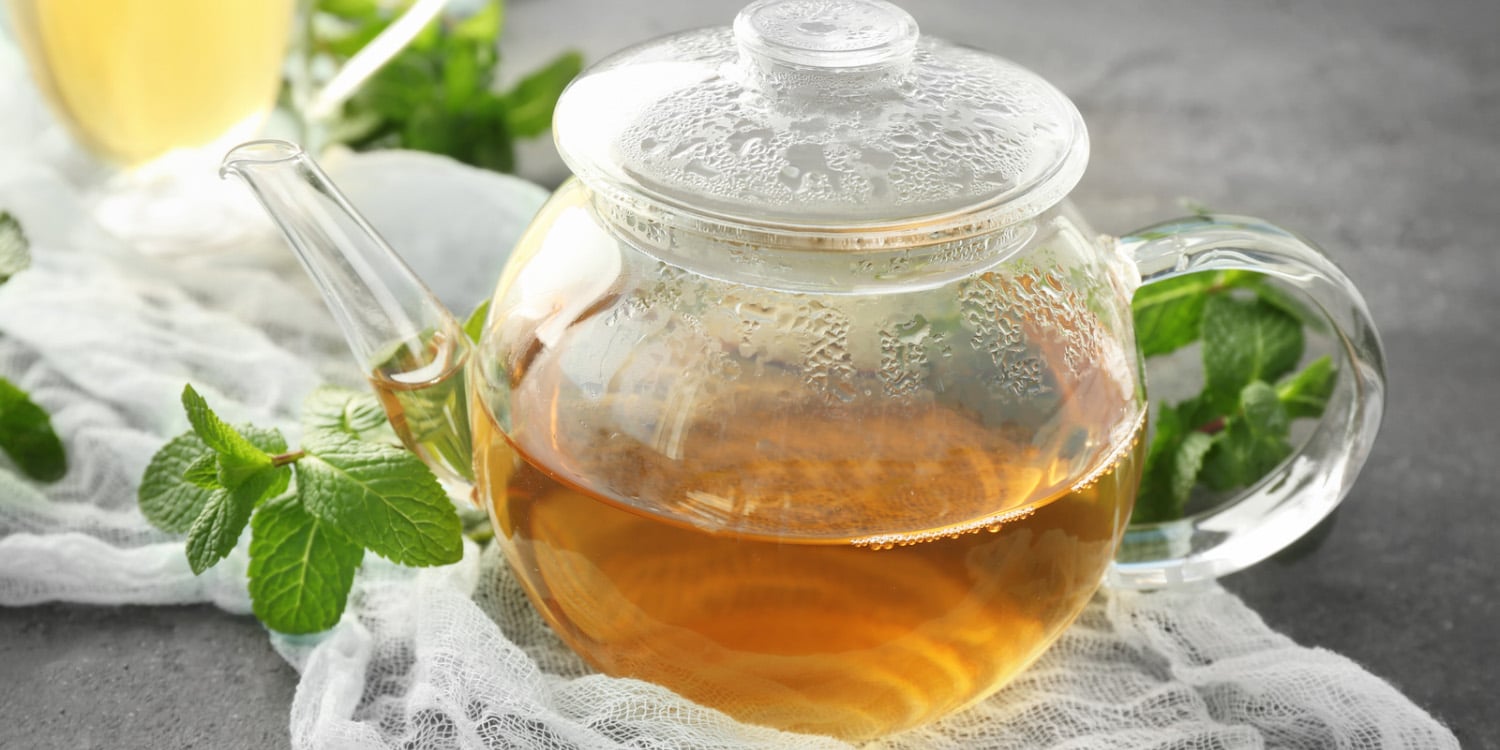One of the oldest, simplest and, some would argue, most effective ways to incorporate herbs into your daily life is in a water infusion, also known as tea. Or, if you’re fancy and drink your tea with your pinky out — a tisane.
I kid. Actually tisane is a pretty useful term because it distinguishes herbal infusions from teas made from the Camellia sinensis plant, or ‘true’ tea, which can be green, yellow, white, oolong, black or Pu’er, depending on the tea leaves’ degree of oxidation. “Tea” made of anything else is technically a tisane. Despite this distinction, I will probably continue to use tea and tisane interchangeably. (It’s kinda the ‘kleenex’ or ‘xerox’ of the herb world.)
Water is an effective solvent (aka menstruum) for extracting a wide variety of water-soluble plant constituents for use in different applications. Water infusions are most often drunk as tea but they’re also the foundation of a variety of other preparations:
An herbal steam can be inhaled for respiratory relief or used cosmetically to improve the skin’s appearance. An infusion can be made into a compress or wash to soothe injured or inflamed skin. It can be used in a sitz bath or foot soak to alleviate pain or topical skin conditions. Herbal infusions are also incorporated into a variety of skin/body care products such as face mists, toners, lotions, serums, creams, gels, soaps and hair rinses.
Some herbs that lend themselves to being infused in water are:
- astragalus
- boneset
- calendula
- chamomile
- chickweed
- cleavers
- comfrey
- elder
- elecampane
- ginseng
- hawthorn
- horse chestnut
- horsetail
- lavender
- lemon grass
- licorice
- marshmallow
- milk thistle
- mullein
- nettle
- pepperment
- plantain
- purslane
- red clover
- rose
- rosemary
- sage
- self heal
- senna
- slippery elm
- stevia
- viola
- white willow bark
- witch hazel
- yarrow
- yucca
Like oil infusions and everything else, the methodology for water infusions varies from herbalist to herbalist. Some measure every milligram of herb and every milliliter of water while others throw a scoop of herb into a mug and pour a bit of hot water over it and call it good. You can probably guess where I fall on that spectrum. I definitely subscribe to the lazy man’s school of ̶h̶e̶r̶b̶a̶l̶i̶s̶m̶ ̶ pretty much everything.
Standard & strong infusions
The standard infusion formula that I was taught is a 1:32 ratio expressed as weight to volume. So 1 ounce (weighed) of dried herb to 32 fluid ounces of water. Steeping for 5 to 10 minutes is a good rule of thumb for standard preparations, but the recommended time varies a bit by herbalist and by the intended purpose of the infusion.
1:16 W:V is often recommended for making strong infusions. A strong infusion of 1 ounce (weighed) of dried herb to 16 fluid ounces of water is usually prepared to relieve a health complaint or if you’re making what is known as a “nourishing herbal infusion” — a nourishing beverage that captures the herbs’ [water soluble] vitamins and minerals. In these cases, the recommendation is usually to steep the herb anywhere from 4 hours to overnight.

It can be instructive to actually weigh and measure out these ratios a couple of times, but once you get the hang of it, you probably don’t need to be so precise. Just eyeball it and do what tastes right to you.
This probably falls in to the category of Captain Obvious, but the more herb surface area exposed, the more potent extraction you’re going to get. So if your herb is in larger chunks, you might want to chop it more finely or, if dried, gently crush the herb with the flat bottom of a glass jar or grind it a bit with a mortar and pestle to expose more surface area before infusing. (Captain Obvious to the rescue! You’re welcome.)
Infusion or decoction?
The main difference between an infusion and a decoction is the amount of time the herb spends exposed to the heat source. Decoctions use a prolonged application of heat, simmering the herb for an hour or more, while an infusion is simply hot or cold water poured over the herb and steeped for a certain amount of time.
Generally, infusions are used for the aerial parts of the plant (i.e. flower, leaves and any non-woody parts).
Decoctions, on the other hand, are used for bark, roots, seeds or any particularly woody plant part that is tougher to break down. To make a decoction, Richo Cech recommends placing a “good handful” of root/bark/seeds in a saucepan containing a quart of water. Cover and allow it to soak for an hour (up to overnight) before bringing it to a low boil. Simmer for 15 minutes, strain and allow to cool.
Fresh vs dried
Then there’s the question of fresh or dried herbs. The process of drying an herb weakens the plant’s cellular structure, making the plants’ constituents more accessible to extraction. Because of this, unless you’re making a strong infusion for medicinal purposes, you’ll usually want to use half to a third as many dried herbs vs. fresh. It’s true of kitchen herbs in cooking, and it’s also true when making tea.
Red clover, lemon balm and peppermint are a few herbs I prefer to use fresh whenever possible. It’s amazing the difference in taste and appearance when you make a tisane of fresh peppermint leaves vs. one of dried peppermint. The fresh tea turns a gorgeous translucent green and tastes fresh and, well, alive. The dried peppermint tea is brownish and, while it still tastes very nice, it just doesn’t have the brightness and vibrancy of the fresh.
This is a useful experiment to try the next time you have some fresh peppermint around: Try a side-by-side taste test and observe the differences for yourself!
Which one do you prefer?

Cold vs hot
Another consideration is whether the herb is best infused using a hot or cold extraction method. Once again, it all comes back to the plants primary constituents. Certain herbs, such as marshmallow root, have components that can be denatured and ruined by exposure to boiling water. Pretty much anything containing mucilage, pectin, sugars tannins and herbs with lots of delicate essential oil benefit from a cold water infusion.
Principle of circulatory displacement
According to Richo Cech, efficient cold water extraction relies on something called the principle of circulatory displacement. This means that the herb is suspended just below the surface of the water to allow fresh water to flow through it. As the water infuses with the heavier plant constituents, it drops to the bottom of the jar, displacing clear water and that cycle repeats until it reaches saturation. So you can’t just toss your herbs into the jar and strain them out later unless you’re prepared to stir or shake the jar periodically during the infusion. They’ll need to be contained in something you can suspend at the top of your infusion vessel. A bit of cheesecloth tied around the herb or a paper tea bag would do the trick. Drape the string over the side of the jar and secure the lid to hold the bag in place.
There are also a number of great reusable tea infusers that will do the trick. A couple of tea strainers that I own and like are this one from Amazon and Teavana’s “Perfect Tea Ball” (which, sadly, I don’t believe is available anymore). Besides being stainless steel, reusable and easy to clean, I like these products because, unlike a lot of tea strainers I’ve tried over the years, they’re a fine enough mesh not to allow a bunch of loose herb to escape into your tea. You may disagree, but I’m not a huge fan of sediment in my tisane. Look for tea balls with tiny perforated holes, which seem to be finer than the woven mesh ones. For larger batches, a cold brew coffee tube works great in a 1 or 2 quart wide-mouth mason jar.
Cover it up
Whether you’re doing a hot or cold infusion, standard or strong, it’s a good practice to cover your infusion while it’s infusing. If you’re doing a hot infusion, it will help your vessel to retain more of the heat. If you’re doing a long infusion, it will keep *things* that shouldn’t be in your tea, out. If you’re infusing an herb with essential oils, it will help to prevent them from escaping. It’s just a good idea. Cover your infusions.
Storage
Finally, since water infusions do not contain preservatives, (nor would you want them to) they do not keep for long. I personally do not hold infusions longer than a couple of days in the refrigerator, but some herbalists say not to keep them longer than a day. Another option is to freeze your infusion for later use. A nifty trick is to make a strong infusion and freeze it in ice cube trays to be thawed out on demand whenever you’re in need of a herbal boost. ♥



